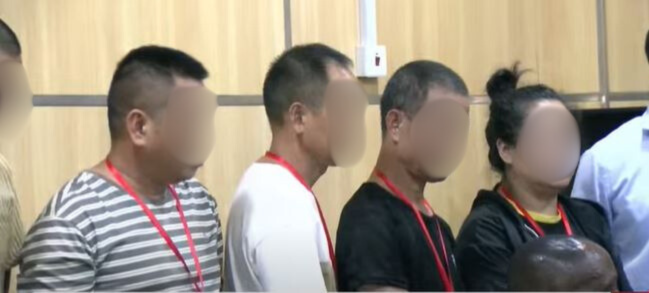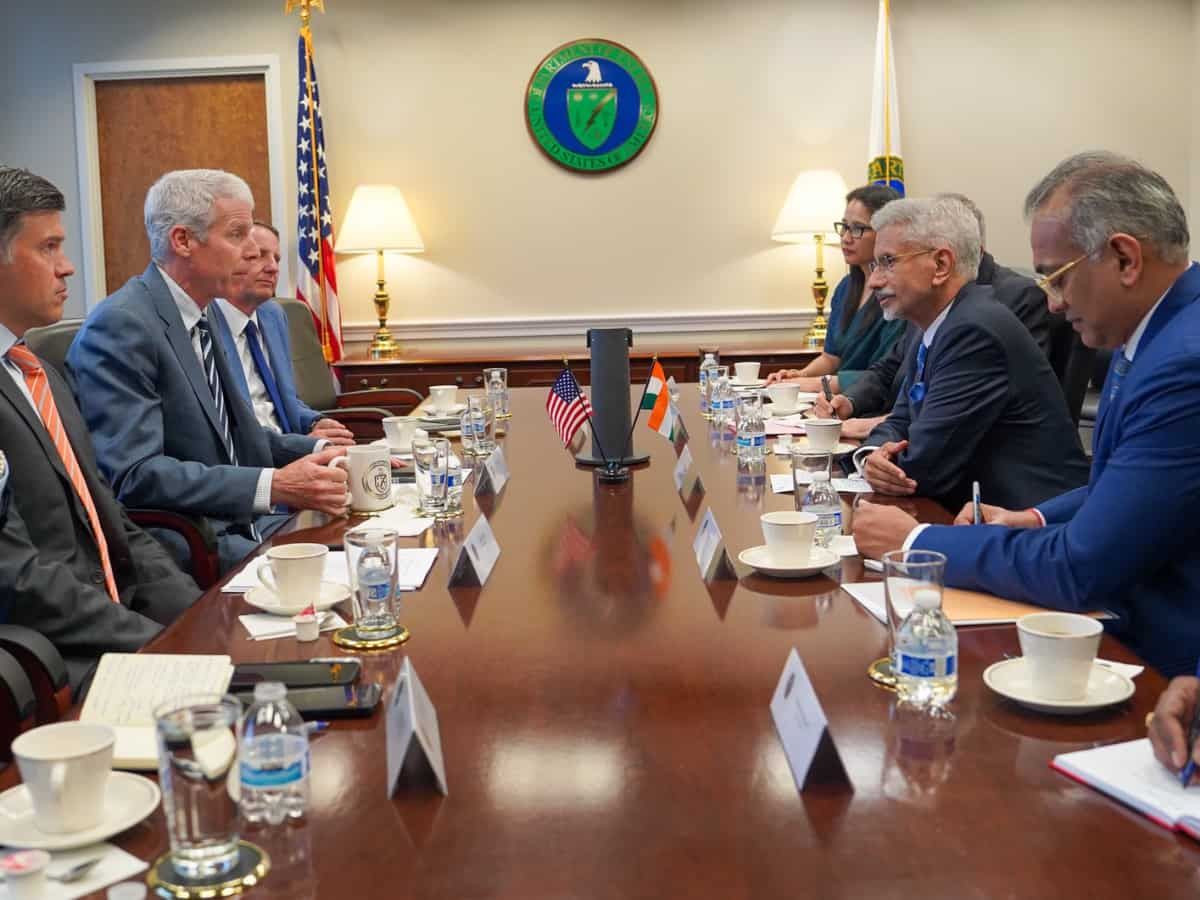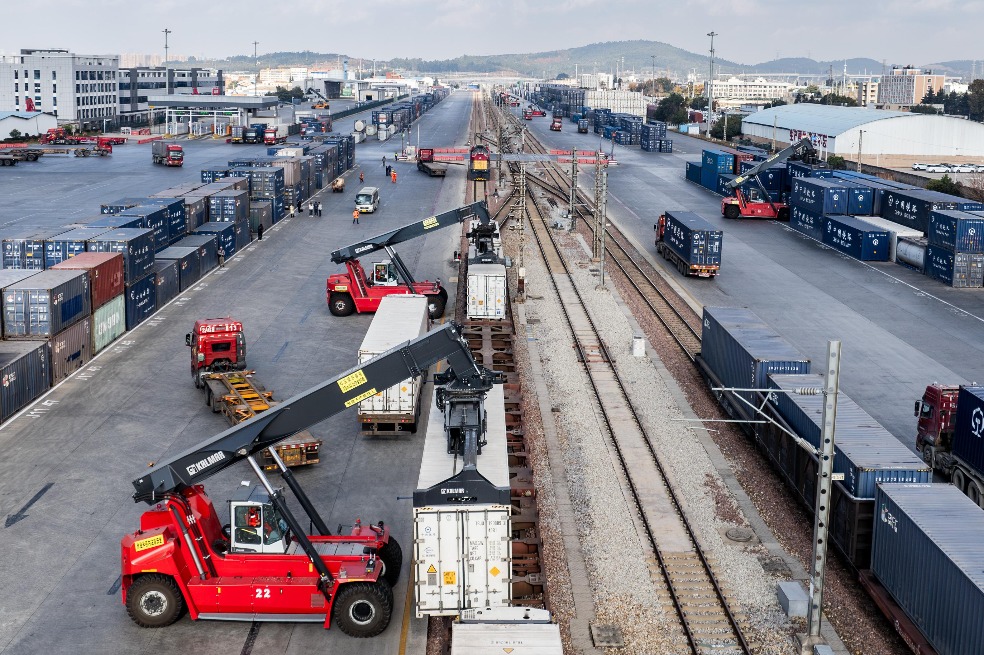ASEAN's AI 'Third Way' is a masterclass in geopolitical strategy
The question isn’t whether ASEAN can compete – it’s whether the world has noticed that ASEAN has already shifted the game, offering a blueprint for navigating the AI age.
The prevailing narrative about AI suggests nations face a binary choice: technological subjugation to a superpower or a futile attempt at direct competition. This thinking dominates headlines from Silicon Valley to Shenzhen, measuring AI progress in parameters and patents. However, the ASEAN governments recognised early that in an AI world divided by American innovation and Chinese scale, true power lies not in building the largest model but in orchestrating meaningful collaboration. As early as 2019, ASEAN was “harnessing technology, such as artificial intelligence (AI), to address data gaps, which would be useful especially in times of disasters” – framing AI not as an abstract race but as a tool for human security.
This approach of strategic non-alignment reveals itself through what is absent as much as what is present. Across 85 documents, competitive rhetoric – the language of the AI arms race or technological supremacy – simply doesn’t exist. Instead, ASEAN simultaneously acknowledges China’s “Global Artificial Intelligence (AI) Governance Initiative” while adopting the ASEAN – U.S. Leaders’ Statement on Promoting Safe, Secure, and Trustworthy Artificial Intelligence. This isn’t hedging – it’s architecting a unique geopolitical role.
ASEAN is often perceived as a fragmented collection of developing nations, passive adopters of technology defined by challenges ranging from limited ICT permeation to concerns about job displacement due to automation. However, their policy statements reveal a very different picture – a clear transition to a proactive geostrategic actor, skillfully navigating the trilemma of maximising economic growth, ensuring practical AI governance, and managing global geopolitical pressures. The transformation is crystallised in ASEAN’s 2024 acknowledgement of “systemic shifts in global geopolitics and geoeconomics, driving deeper fragmentation and polarization”. By explicitly recognising that technological neutrality is no longer viable, ASEAN not only adapts to the new reality but also helps define it.
This is the story of a region that understood, before others, that in the AI age, power doesn’t depend on who controls the technology so much as who shapes how humanity will live with it.
ASEAN’s economic vision for AI reveals a sophisticated understanding of its own terrain. While global powers chase the next breakthrough in model size, ASEAN targets something more fundamental: the economic transformation of its entire society, from boardrooms to street vendors.
The numbers tell only part of the story. Yes, “AI is projected to significantly impact the ASEAN economy, potentially resulting in a 10 to 18% GDP uplift, valued at approximately USD1 trillion by 2030“. However, upon closer examination of the policy documents, a more nuanced strategy becomes apparent. ASEAN confronts a stark reality: its vast informal economy consists of micro-enterprises that are “necessity-driven” with “low levels of productivity“. For these businesses – “providing employment opportunities for about 117 million people across ASEAN” – AI isn’t a luxury – it’s a lifeline to formalisation and growth. This dual focus manifests concretely. ASEAN simultaneously pursues the “stimulate[ing] adoption and diffusion of innovation and technologies involving Industry 4.0 such as Internet of Things (IoT), Big data and Cloud-based Technology, Artificial Intelligence“, while ensuring that these same technologies reach enterprises operating at “close to subsistence levels“.
While Brussels rushed to regulate with the AI Act and Washington debated regulation versus development, ASEAN waited. And watched. And learned. From 2017 to 2023, formal AI ethics were conspicuously absent from ASEAN’s policy vocabulary – ASEAN was busy building understanding. By 2023, when it convened its generative AI workshop with “over 70 participants from various countries including ASEAN Member States, Japan, US, UK, India, France, Korea“, the bloc demonstrated prescient timing – addressing generative AI before many developed nations had even recognised the challenge. The clear understanding that “47% of surveyed participants expressed that they were more concerned than excited about generative AI” shows sophisticated risk assessment, not technological naivety. Then, in 2024, ASEAN unveiled the comprehensive ASEAN Guide on AI Governance and Ethics, complete with “seven guiding principles to ensure trust in AI“.
Those guidelines didn’t emerge from a regulatory vacuum – they emerged from strategic patience. As ASEAN itself notes, this approach enables the bloc to “implement regional mechanisms that will further protect the peoples of ASEAN from the threats of future pandemics” – applying lessons learned to new challenges. By waiting, ASEAN avoided the pitfalls of early regulation while implementing frameworks that had been tested by global experience.
ASEAN’s greatest innovation isn’t technological – it’s diplomatic. In an era when nations jealously guard their AI strategies, ASEAN has institutionalised openness as a form of power. The architecture is deliberate and sophisticated. The establishment of a Working Group under ASEAN Digital Senior Officials’ Meeting (ADGSOM) on AI Governance creates formal mechanisms for what might otherwise be ad hoc cooperation. But the real genius lies in ASEAN’s multi-directional engagement.
Consider the strategic ballet: ASEAN acknowledges China’s “Global Artificial Intelligence (AI) Governance Initiative and AI Capacity-Building Action Plan for Good and for All” while simultaneously pledging to “COLLABORATE on the development of interoperable AI governance approaches and frameworks” with the United States. The approach extends beyond great powers. ASEAN actively courts partnerships to “intensify engagement and interaction among ASEAN Member States in existing dialogues/fora” while exploring “the possibility of establishing new mechanisms and open platforms to support government, academia and industry“. Each partnership adds a thread to a web of relationships that positions ASEAN as indispensable to global AI governance.
The strategic logic is compelling: by engaging all powers symmetrically, ASEAN transforms from a potential battleground to an essential meeting ground. While others shout about winning the AI race, it quietly becomes the track itself, the space where competing visions must ultimately reconcile. Southeast Asia builds its autonomy not by standing apart but by standing between, creating a form of ‘collaborative sovereignty’ (?) that may prove more durable than any firewall or export control. In doing so, it presents a radical proposition: in the AI era, the greatest power may not belong to those who control the technology but to those who control the conversation about it.

While global attention fixates on large language models, ASEAN additionally prioritises “geoinformatics (remote sensing, global navigation satellite system, geographic information system), space technology applications” as important element to its AI strategy, with “Geoinformatics, space technology applications, satellite development” listed as priority areas alongside artificial intelligence. This isn’t mere technological ambition – it’s strategic positioning. The space-AI nexus serves multiple purposes: sovereign data generation free from terrestrial constraints, disaster monitoring capabilities crucial for a disaster-prone region, and, potentially most importantly, a domain where ASEAN can lead diplomatic and policy dialogue.
ASEAN’s most significant contribution to global AI governance may be its reconceptualisation of security itself – it views AI through the lens of human protection. Environmental security takes precedence, with AI deployed for “disaster management” using “Artificial Intelligence, machine learning and big data, satellite and space-based data“. Information security follows, recognising that “AI-powered tools can help to identify and flag fake news and disinformation” – but framed as protecting populations from harm, not governments from criticism. The human-centric approach extends to gender inclusion. While noting that “women comprise 26 per cent of data and artificial intelligence positions“, ASEAN doesn’t stop at statistics. It establishes dedicated programs and prizes (“2022 competition aims to raise awareness on cutting edge advancements by women in Artificial Intelligence (AI) research in addressing pressing issues in ASEAN communities“), transforming gender integration from a social goal to a strategic imperative (“EMPOWER youth, women, rural populations, and vulnerable communities to boost their readiness to utilize AI“) and recognising that excluding half the population from the AI revolution is a luxury no developing region can afford.
Power in the AI age, as ASEAN demonstrates, derives not from the size of one’s models but from the sophistication of one’s strategy. Through strategic patience, ASEAN turned its late start into an advantage, implementing AI policy and principles only after learning from the mistakes of others. It transformed potential vulnerability into indispensable neutrality, offering an alternative to the militarised, competitive narratives dominating global AI discourse.
ASEAN is no longer a passive rule-taker but an active rule-shaper.. Thus, the region provides a neutral platform for crucial global AI governance negotiations. While others ask, “How can we win the AI race?” ASEAN asked a different question: “How can AI serve all of humanity?” In that reframing lies perhaps the most important lesson: in an age of technological fragmentation, power may not belong to those racing ahead alone but to those building bridges for others to cross.
This ASEAN analysis emerges from the AIxGEO project, which examines international approaches to AI governance, and is the second blog following APEC. Our previous analysis explored the policy debate in western institutions – Moving beyond competition: domain-specific approach for international AI framework. Forthcoming analyses of the African Union and G20 (intergovernmental forum comprising 19 sovereign countries, the European Union, and the African Union) initiatives will provide further insights into how diverse multilateral forums develop distinctive governance models adapted to their regional contexts, offering a more nuanced understanding than western-centric debates of how effective governance emerges across different geopolitical environments.
1 The ASEAN countries are Brunei, Cambodia, Indonesia, Laos, Malaysia, Myanmar, Philippines, Singapore, Thailand, and Vietnam.
Image: Стыдуьвз, CC BY-SA 4.0 <https://creativecommons.org/licenses/by-sa/4.0>, via Wikimedia Commons
The views and opinions expressed in this post are those of the author(s) and not necessarily those of the Bennett Institute for Public Policy.









